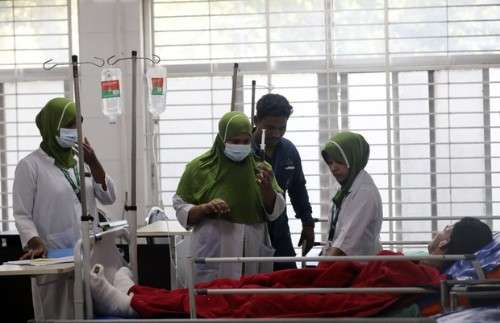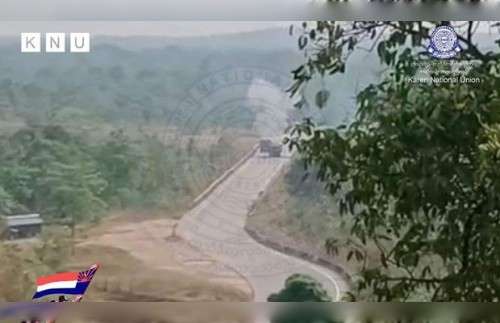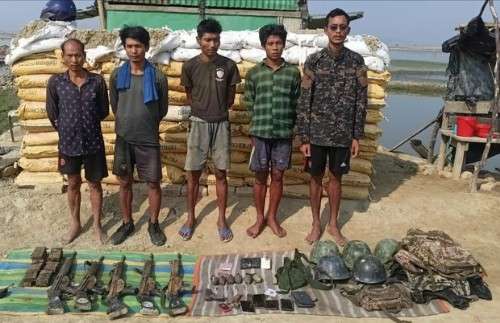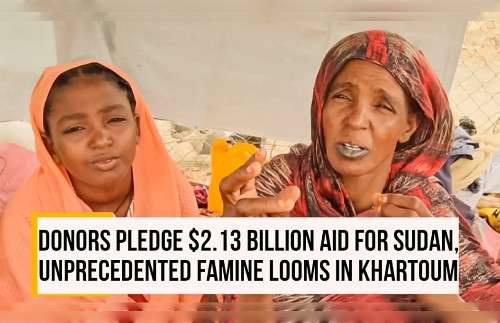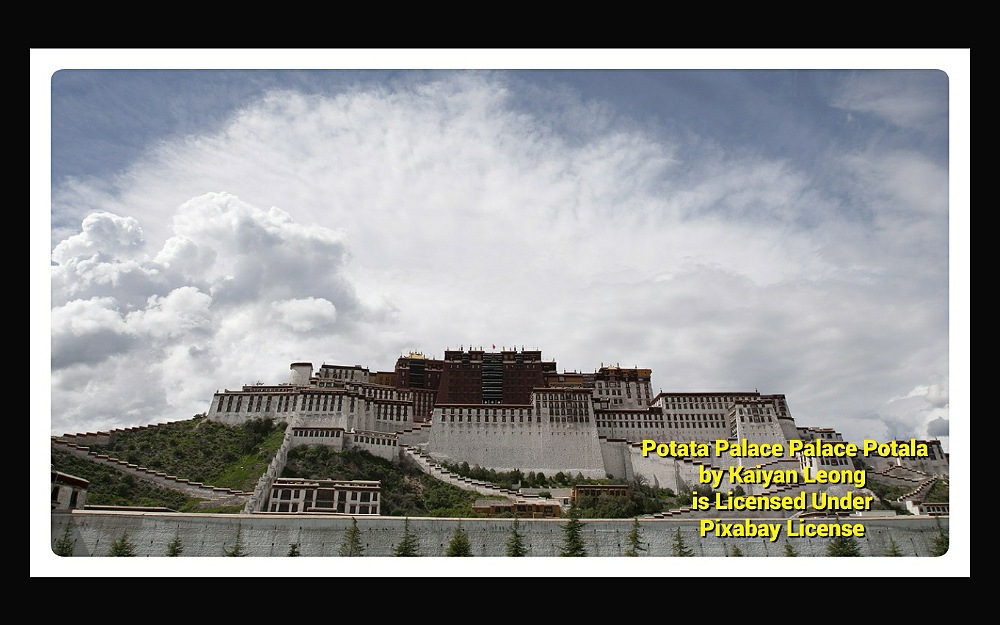
China’s campaign to eradicate “absolute poverty” in Tibetan areas of China has been pushed at the expense of Tibetans’ national and cultural identity, eroding minority language rights and forcing thousands of herders into bleak resettlement towns far from traditional grazing land, experts say.
In a press briefing held last week in Tibet’s regional capital Lhasa, Chinese Communist Party chief for Tibet Wu Yingjie declared victory in the campaign, saying that 628,000 Tibetans had been lifted out of poverty last year, with 74 county-level areas taken off the poverty list.
From 2015 to the end of 2019, the average annual net income of poor Tibetans had climbed from 1,499 yuan (U.S. $223) to 9,328 yuan (U.S. $1,376), and anti-poverty drives have now shifted their focus from eradicating absolute poverty to consolidating the gains already made, Wu said, quoted by China’s Xinhua news service on Oct. 15.
“Authorities in Tibet have made great efforts in relocating impoverished people living in severe natural conditions to areas with relatively rich production materials and better infrastructure,” Xinhua said in its report.
“The relocation efforts were carried out entirely on a voluntary basis,” Wu said, contradicting reports from the region describing coerced evictions and the destruction or forced sale of livestock and other supports for traditional nomad life.
In interviews with RFA’s Tibetan Service, experts disputed China’s claims of success in the anti-poverty drive.
Wu’s claim that Tibet under Chinese rule had lifted so many people out of poverty last year “has no authenticity and is nothing more than political propaganda,” said Palden Sonam—a visiting scholar at the Dharamsala, India-based Tibet Policy Institute.
“The poverty alleviation program is, for all practical purposes, simply a way to monitor and control the thoughts and activities of local Tibetans,” Sonam said, adding, “The program may look helpful on the surface, but deep down it is aimed at destroying the livelihood of Tibetans, especially nomads and farmers.”
“The most important question now is whether the people being lifted out of poverty are actually happy or not, and whether they can keep from falling back into poverty again,” he said.
Amid the worldwide spread of COVID-19, China may want to use these campaigns to put out “extraordinary figures and data to show the stability of their economy,” Sonam said. “So as long as we and other independent bodies can’t go to Tibet and verify these numbers, no one can trust what the Chinese Communist government says.”
‘Notoriously unreliable’
Sophie Richardson, China Director at Human Rights Watch, agreed that “Chinese government statistics are notoriously unreliable, and it will be very hard to check them, because the government does not allow for independent verification by journalists, and blocks groups like ours and other scholars.”
“What we do know from some areas is the poverty alleviation agenda has had some negative consequences, particularly for Tibetan nomad communities,” Richardson said. “So you can easily imagine that the [Chinese Communist Party] is just checking the box by saying, ‘This family has been lifted out of poverty simply because they have been resettled.’”
“So I won’t take these numbers at face value,” Richardson said.
“And the poverty alleviation agenda has also been used to justify shifting the medium of instruction in schools from Tibetan to Chinese,” she said.
What is happening now in Tibet in the name of poverty alleviation is “unethical and unsustainable,” said Jamphel Monlam, a Tibetan former political prisoner now living in Boston.
“The Chinese Communist government has implemented many political and economic policies inside Tibet, but none of them harmonize with the aspirations of the Tibetan people themselves.”
“The CCP’s intention has always been its own political gain,” he said.
Forced evictions, ‘vocational training’
Resettlement schemes in Tibetan areas of China in recent years have driven thousands of Tibetans from their homes and into urban areas where they often live in crowded conditions with large families piled into single dwellings and opportunities for employment cut off, sources say.
Chinese authorities have also taken thousands of Tibetan farmers and herders to camps and subjected them to forced military-style “vocational training” before sending them in groups to work at new jobs in distant places, some as far away as China’s interior, according to a report released in September by the Washington, D.C.-based Jamestown Foundation.
“The goal of the scheme is to achieve Xi Jinping’s signature goal of eradicating absolute poverty by increasing rural disposable incomes,” said Adrian Zenz, a Senior Fellow in China Studies at the Washington, D.C.-based Victims of Communism Memorial Foundation and contributor to the report.
Though official documents describe the program as based on voluntary participation, “there are clear elements of coercion during recruitment, training, and job matching,” Zenz said.
“Since poverty is measured by income levels, and labor transfer is the primary means to increase incomes—and hence to ‘lift’ people out of poverty—the pressure for local governments to round up poor populations and feed them into the scheme is extremely high,” he said.
Reported and translated for RFA’s Tibetan Service by Tenzin Dickyi. Written in English by Richard Finney.
Copyright © 1998-2020, RFA. Used with the permission of Radio Free Asia, 2025 M St. NW, Suite 300, Washington DC 20036. https://www.rfa.org
Survivors Recount Their Lasting Pain Appeal for Justine, 25 Years After Kosovo Massacre
Burn Victims in Bangladesh Suffer Doubly with Few Specialty Hospitals for Treatment
UN Security Council Meets to Discuss Situation in Middle East, Including Palestinian Question
Ethnic Army Intercepts Junta Offensive on Thai-Myanmar Border
Russian Shelling of Ukraine’s Zaporizhzhia Dam Has Dire Consequences
Myanmar Border Guards, Soldiers and Civilians Flee to Bangladesh
UN General Assembly President Meets with Bolivian Vice President
Donors Pledge $2.13 billion Aid for Sudan, unprecedented famine Looms in Khartoum
Subscribe Our You Tube Channel
Fighting Fake News
Fighting Lies






